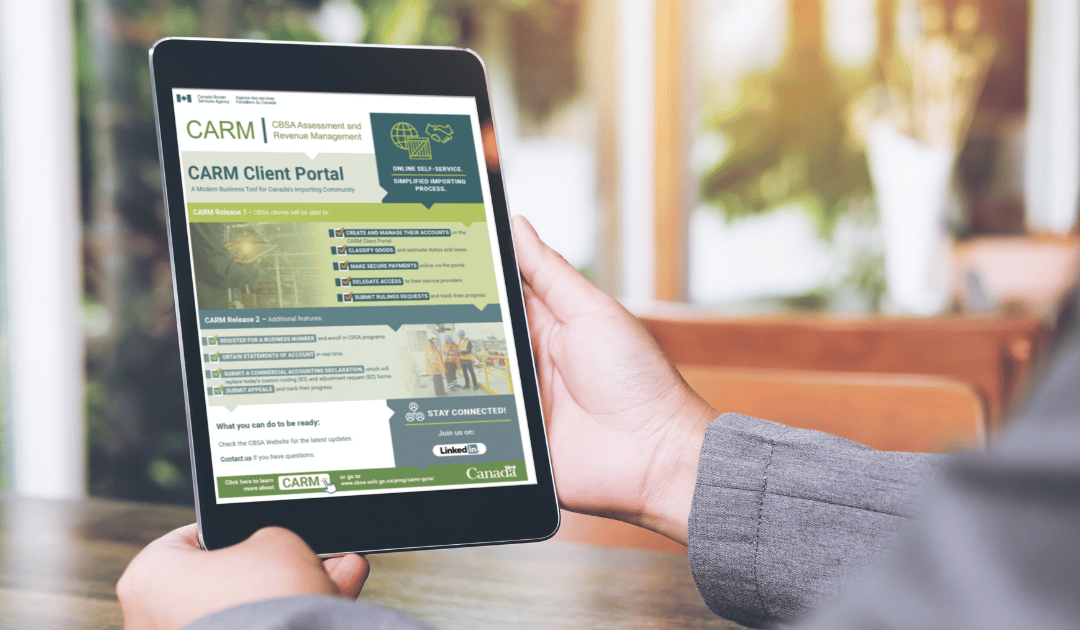Do’s & Dont’s of Shipping Personal Care Products To Canada
“We don’t ship internationally yet…” “We’re not sure how much duties and taxes will be…” “Our customers are responsible for making sure our products can be shipped to their country…”
Any of these responses sound familiar? For brands looking to expand their market and go global, it can be a challenge to take on the myriad of regulations and restrictions. And shipping personal care products to Canada is no exception. However, there is ample opportunity for brands to go global, estimate landed cost, and more clearly understand trade regulations. Your friends at Passport have compiled a simple list of Do’s and Don’ts for your brand to tackle importing cosmetics and personal care products to Canada.
- Don’t attempt to ship prohibited products or ingredients. You could lose access to the Canadian market or land on the Canada Border Services Agency’s (CBSA) blacklist.
- Do ensure that your products fall within the regulatory guidelines for personal care products. Health Canada maintains a Hotlist of chemicals that are prohibited altogether or restricted to certain concentrations.
- Don’t surprise customers with another bill upon delivery. Delivered Duty Unpaid (DDU) or Bill Receiver terms can leave consumers paying more for duties, taxes, and import fees than they did for the product.
- Do present service options to your customers and disclose total shipping costs, including duties, taxes, and any import fees.
- Don’t miss out on the “New NAFTA” program called USMCA. All shipments to Canada from the US via courier are eligible for increased de minimis levels that may eliminate duties and taxes for your shipments.
- Do ask your carrier and customs broker if your products qualify for a reduced or zero rate for duties and taxes.
- Don’t register for a Goods & Services Tax (GST) ID unless you hold inventory in Canada, fulfill from Canada, or are a Canadian company.
- Do take the time to understand your tax liability. For US merchants shipping directly from the US to Canadian consumers, all taxes owed, both GST and PST, should be paid during the customs clearance process.
Still have questions?
Even with the simple do’s and don’ts to help you get started, we know it can be overwhelming to sort through the myriad of regulations and guidelines alone. Enter in: Passport. Contact our team to set up an exploratory call so we can understand your international expansion goals and recommend a go-to-market approach.Our trusted advisors can help you seamlessly enter the Canadian market — let’s get started!




